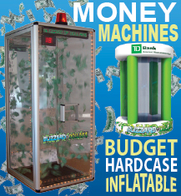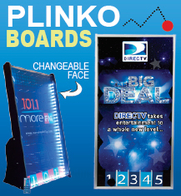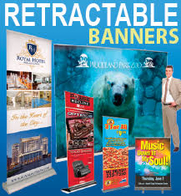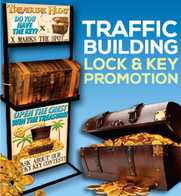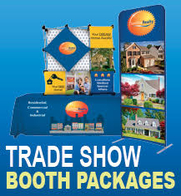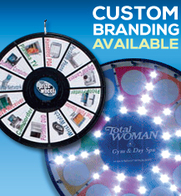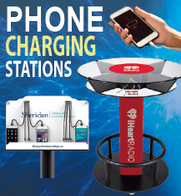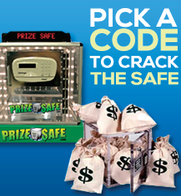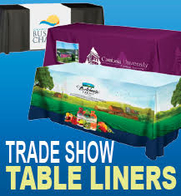 The design of your trade show exhibit plays a critical role in presenting your company to attendees at the event. There is an art to designing it properly. Creating a memorable booth is only the beginning; it must also be inviting to your visitors, offer branding and thematic consistency, and communicate a clear benefits-driven message.
The design of your trade show exhibit plays a critical role in presenting your company to attendees at the event. There is an art to designing it properly. Creating a memorable booth is only the beginning; it must also be inviting to your visitors, offer branding and thematic consistency, and communicate a clear benefits-driven message.
Too often, convention exhibitors focus solely upon being ostentatious. While flashiness can add value to your trade show booth in the right circumstances, it should only be considered a means to an end. Below, you’ll discover 5 essential factors to designing your next trade show exhibit.
#1 – Less Is More
Don’t be tempted to cram your available trade show booth space with unnecessary logos, slogans, and other messages. Even small trade shows can be a visual assault as each exhibitor struggles to capture attendees’ attention. Take a contrarian approach; keep your trade show booth design elements simple and concise. Communicate the most important benefits of your products and leave everything else out. The less you include, the more memorable your trade show exhibit will be.
#2 – Appeal To The Senses
Reaching attendees through visual appeal is potent, but that’s what every exhibitor is trying to do. Try to grab attention by appealing to the other senses, as well. For example, play music through a speaker system, have a video game contest, and use other trade show attractions such as popcorn machines. Freshly-made food and snacks can send irresistible scents wafting through the aisles, drawing visitors to your exhibit.
#3 – Brand And Theme
Your exhibit booth should promote your company’s brand and theme consistently. While your business’s brand and image will likely remain static, thematic elements can be fluid and dynamic based upon your products and the type of show at which you’re exhibiting. The graphics you use, your trade show booth construction and lighting, and even your employees’ clothes should all work together seamlessly to support your brand and theme.
#4 – Construction And Lighting
When it comes to construction materials, you’re not limited to metal, wood, and glossy posters. Consider using lightweight fabric for a backdrop and self-locking pop-up displays. They’ll be easier to ship, install, and dismantle, and can deliver the impact your trade show booth needs. Also, keep in mind that lighting is a key element for creating mood and showcasing certain products. Well-placed halogen lights can attract visitors’ attention to important areas of your exhibit while suspended light bars and backlighting create a subtle effect that makes a lasting impression.
#5 – Interactivity
Touch screens and kiosks are becoming more popular as lead-generating solutions at trade shows. You can deploy them to support your booth staff in qualifying leads. By asking your visitors to enter their contact information through a touch screen, you encourage their participation. With a little creativity, you can program a kiosk to ask questions that separate prospects from high-quality leads with whom to follow up later. Then, you can offer an assortment of tradeshow giveaways based upon their answers.
Your Trade Show Marketing Goals
The key to designing an effective trade show exhibit is to remember your objective for the event. Every element should be considered with regards to how it promotes your brand, markets your products, and helps to qualify leads. Your goal is not to impress attendees or competitors with dazzling graphics; it’s not to feed hungry visitors. Nor is it to entertain those who pass by your booth. All of those are merely means to an end.
Your objective should remain consistent with your overall trade show marketing plan: to establish a foundation upon which to build your business for long-term success. That means attracting visitors, qualifying leads, and following up after the event. Your trade show booth design is one important piece of a larger strategy.








